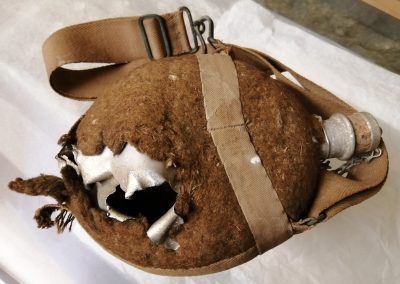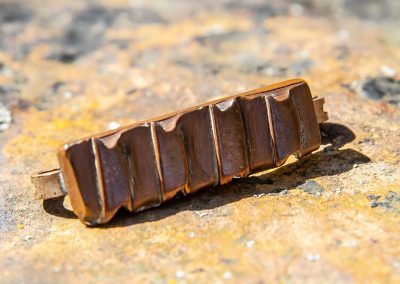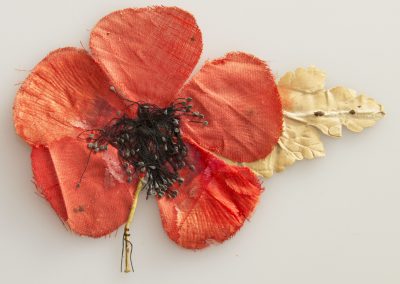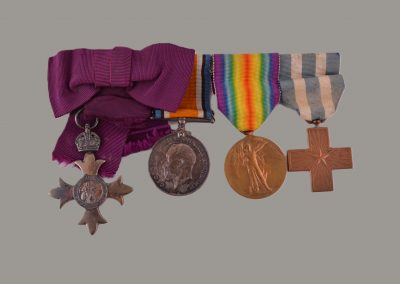Discover the significance of the historic craft of knitting
Knitting was an important and practical skill that helped people to create warm clothing for their families, and even earn a living for many generations. It was often done alongside other daily tasks. While women were especially associated with the craft, men and children also contributed. You can explore objects and stories related to knitting on this page.

Knitted gloves that travelled to the First World War, from a ‘terrible’ knitter of Dent
Dales Countryside Museum, Hawes
The ‘Terrible Knitters of Dent‘
These ‘terrible knitters’ were a group of exceptionally skilled hand-knitters from the village of Dent in the Yorkshire Dales. In this context, ‘terrible’ meant formidable or impressive. Their knitting skills were recorded by Poet Laureate Robert Southey, who in 1834 published a true story about two young girls sent to Dent in the mid-18th century to learn from the village’s ‘terrible knitters’.
Using knitting sticks to support their needles, Dent’s knitters produced high-quality woollen items such as gloves and stockings, often featuring distinctive regional patterns.
Their work was widely recognised for its quality and durability, and examples survive in museum collections today. Learn more about them elsewhere.
Mary Allen’s knitted gloves
Mary Allen is one of the best-known of Dent’s knitters. Working in the late 19th and early 20th centuries, she was among the last people in the area to rely on handknitting as her main source of income.
This pair of gloves was knitted by Mary for her brother to take with him to France during the First World War. it shows great skill and would have taken many hours to produce. The phrase ‘God be with you’ has been knitted into the design.
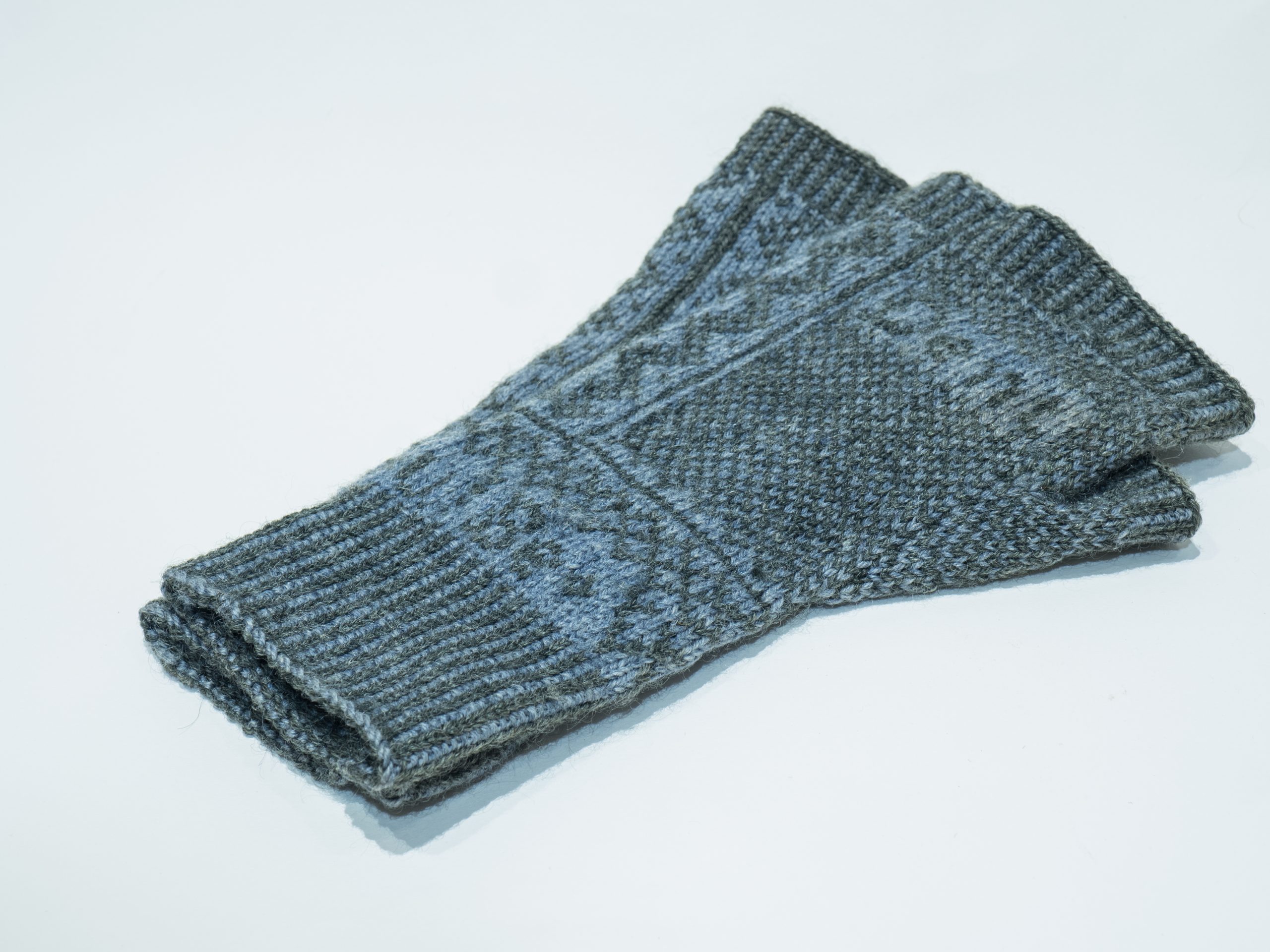

Watch The Video
Watch The Video With Subtitles
Knitting sheaths and sticks
These small, often carved tools were used to support one of the knitting needles during knitting, helping to keep it steady while working. It could be tucked into the knitter’s waistband or belt or supported on the hip, allowing them to knit more quickly and with greater control, especially when using long double-pointed needles.
Knitting sticks were commonly used by the Terrible Knitters of Dent and others who needed to produce a high volume of work efficiently. They also made it easier to knit while walking or doing other tasks. Designs of sheaths vary from region to region. Some examples feature heart motifs as they were often carved as love tokens by young men for their prospective brides.
The example from Ryedale Folk Museum, dated 1837, features a prominent X shape, a well-known protective symbol. Explore another protective object marked with an X esleswhere on the site.


Talking Points
What can we learn about Mary Allen and her community from these gloves?
Why do you think Mary Allen knitted gloves for her brother to take to the war?
What details and shapes can you spot in the pattern?
Why do you think Mary included the phrase ‘God be with You’ on them?
Why do you think they are fingerless?
How might it have felt to wear something handmade from home while far away in a different country?
Do you think making clothes or gifts by hand is still important today? Why or why not?
Do you like the design? Would you wear a pair of gloves like this?
In the classroom
Hotseat
Interview a member of the class in role as someone who has received a pair of Mary’s gloves as a present. Quiz them about their present and Mary’s knitting skills!

Hands on History
Many museum collections contain knitting sheaths.
Visit the Dales Countryside Museum or Ryedale Folk Museum to explore more incredible objects about rural daily life in North Yorkshire.
Explore more objects from the First World War

